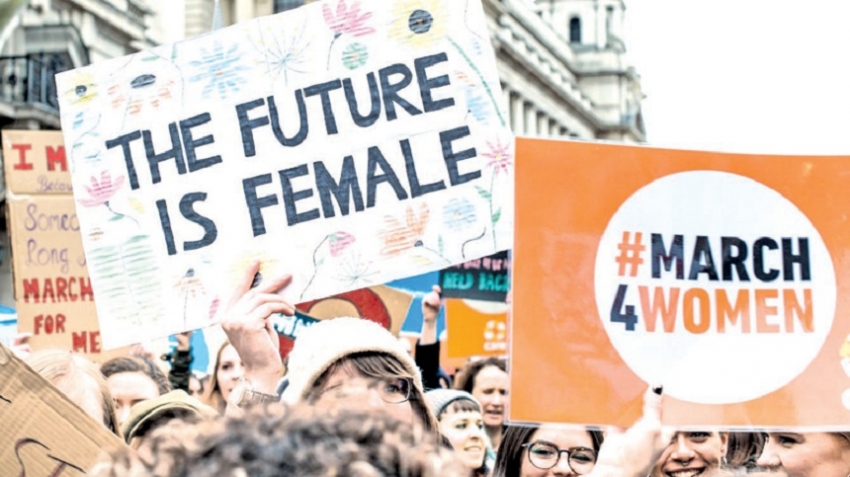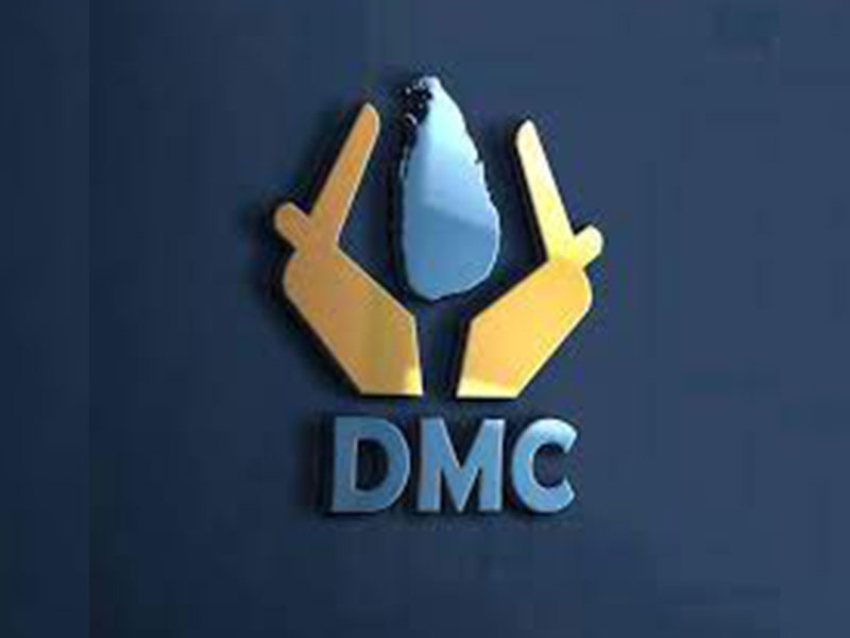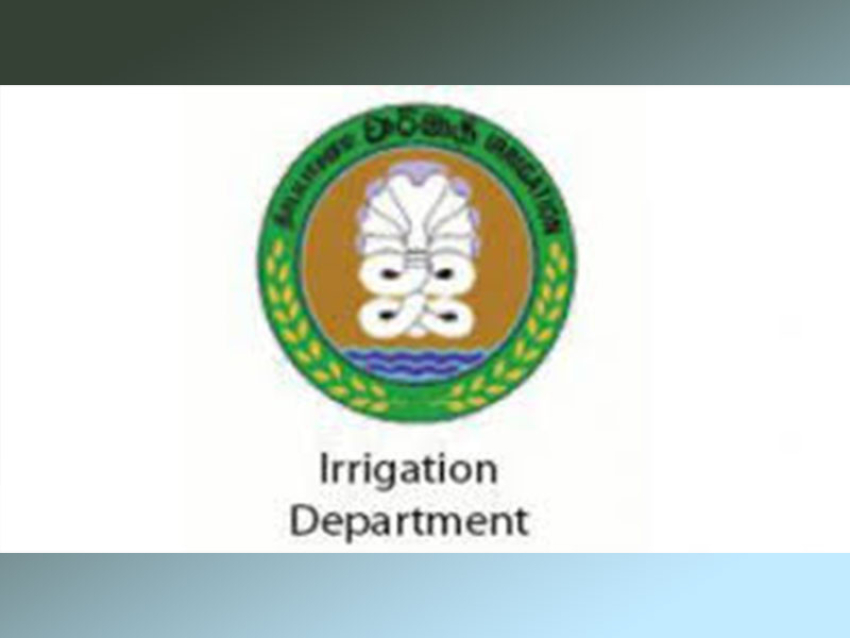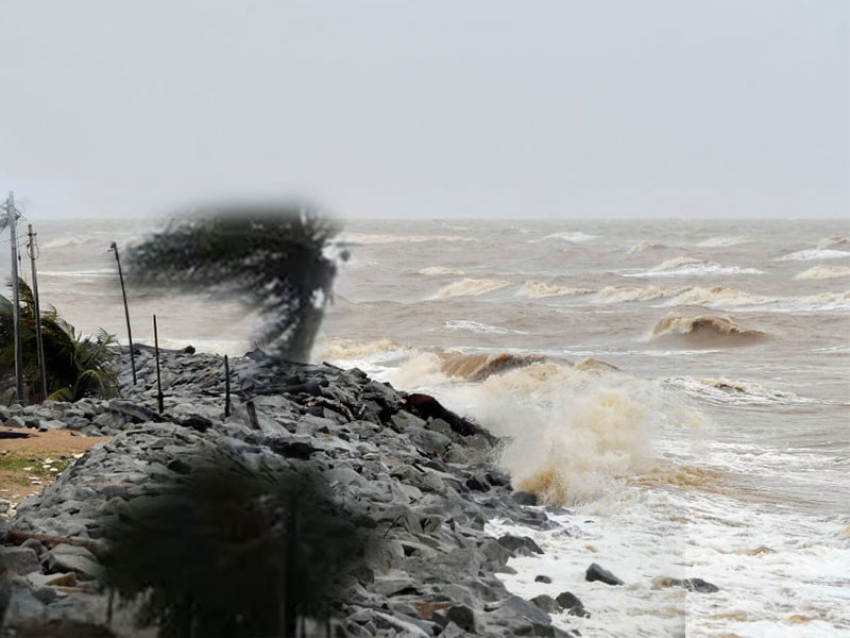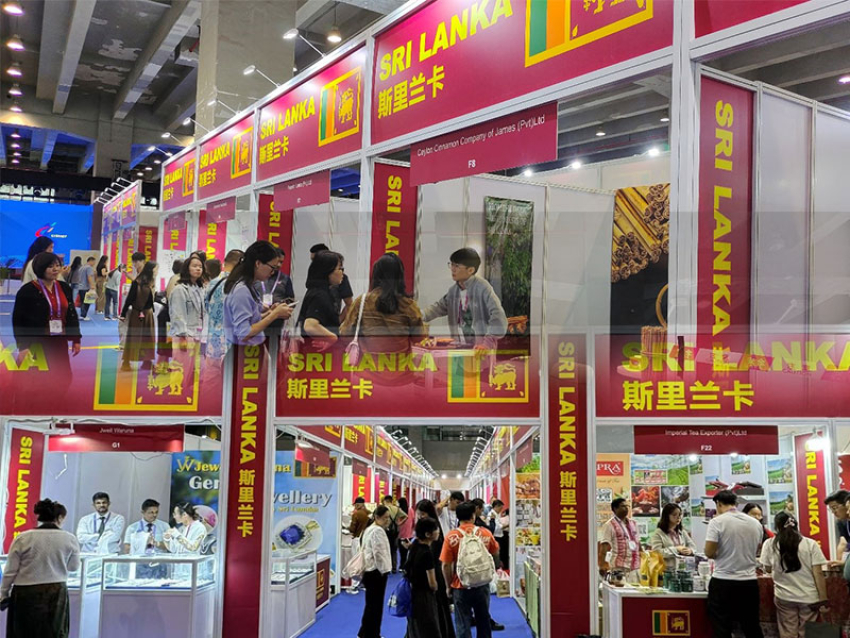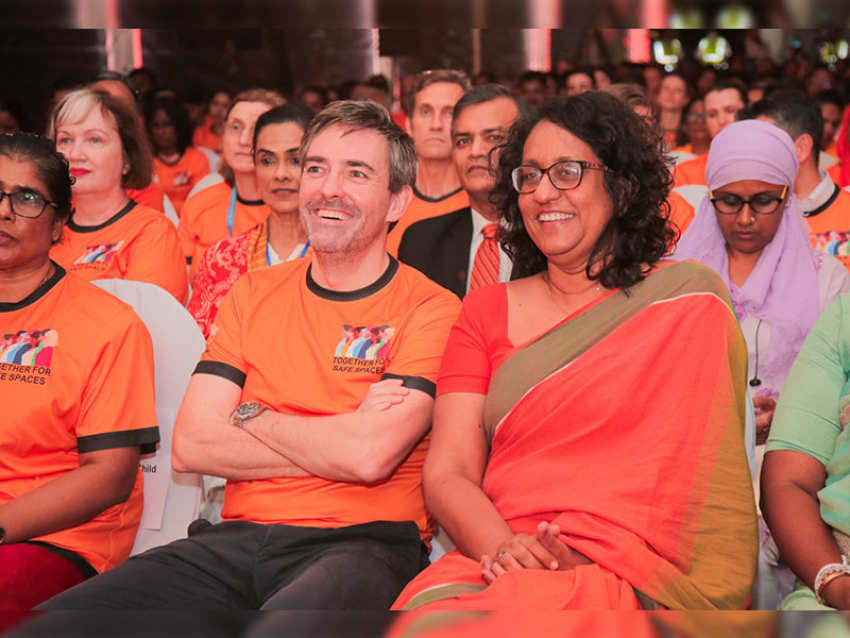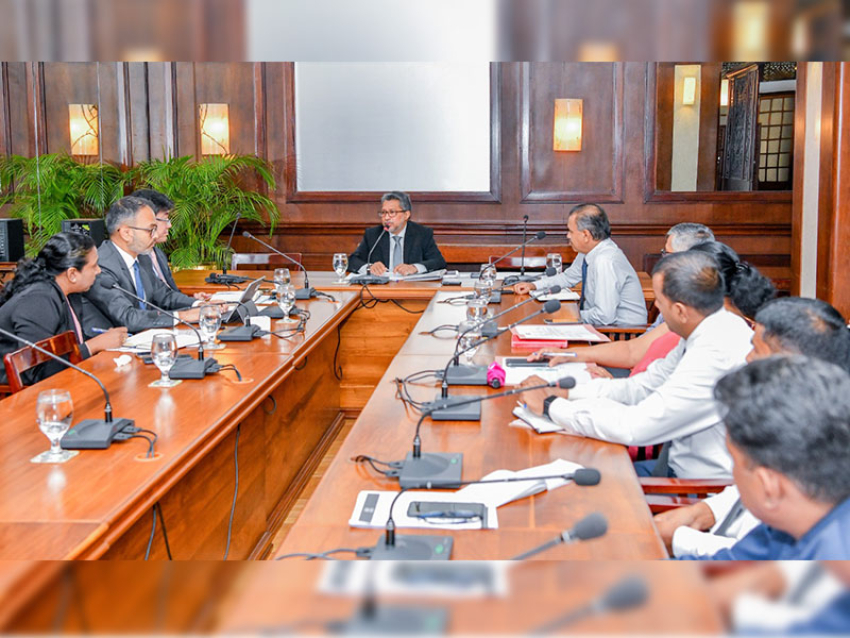International Women’s Day is a worldwide event that celebrates women’s achievements – from the political to the social – while calling for gender equality.It has been observed since the early 1900s and is now recognised each year on March 8. It is not affiliated with any one group, but brings together governments, women’s organisations, corporations and charities. The day is marked around the world with arts performances, talks, rallies, networking events, conferences and marches.
But how did the celebratory day begin – and what are women uniting against this year? Here is everything you need to know.
How did it start?
It’s difficult to say exactly when IWD (as it’s known) began. Its roots can be traced to 1908, when 15,000 women marched through New York City demanding voting rights, better pay and shorter working hours.A year later, the first National Woman’s Day was observed in the US on February 28, in accordance with a declaration by the Socialist Party of America.
In 1910, a woman called Clara Zetkin – leader of the ‘women’s office’ for the Social Democratic Party in Germany – tabled the idea of an International Women’s Day. She suggested that every country should celebrate women on one day every year to push for their demands.A conference of more than 100 women from 17 countries agreed to her suggestion and IWD was formed. In 1911, it was celebrated for the first time in Austria, Denmark, Germany and Switzerland on March 19.
In 1913, it was decided to transfer IWD to March 8, and it has been celebrated on that day ever since. The day was only recognised by the United Nations in 1975, but ever since it has created a theme each year for the celebration.In 2011, former US President Barack Obama proclaimed March to be ‘Women’s History Month’.
Why do we still celebrate it?
Simply, because the original aim – to achieve full gender equality for women the world – has still not been realised. A gender pay gap persists across the globe and women are still not present in equal numbers in business or politics. Figures show that globally, women’s education, health and violence towards women is still worse than that of men.According to the World Economic Forum, the gender gap won’t close until 2186. On IWD, women across the world come together to force the world to recognise these inequalities – while also celebrating the achievements of women who have overcome these barriers.
According to a 2017 report by the World Economic Forum, it could still take another 100 years before the global equality gap between men and women disappears entirely In 2018, women effectively worked “for free” from November 10 until the end of the year because of the gender pay gap. Women are also paid less than half than men at some of Britain’s major companies, according to recent gender pay gap figures.
For the past couple of years, women’s rights have dominated the news, following a global reckoning on sexual misconduct rippling through industries. Following the outpouring of allegations against Harvey Weinstein and other prominent men in power, the #MeToo movement gave a voice to women on the abuse and harassment they suffer in film, fashion, music, politics and art.
There was a vocal, headline-grabbing fight for women’s rights in 2018, with female actresses donating money and wearing black at awards ceremonies in support of #TimesUp and BBC journalist Carrie Gracie publicly resigning as China editor over unequal pay. This year, the pursuit has continued, with members of the Democratic Party in the US wearing white at Donald Trump’s State of the Nation address.
With gender parity still an apparent 168 years away, many are hoping the trajectory surrounding women’s rights climbs as the year continues.
2019 theme
The theme for IWD 2019 was #BalanceForBetter, a nod to the growing global push for professional and social equality.
Described as a “business issue”, the aim of the theme is to encourage gender balance in boardrooms, in the media and in wealth as a way for economies to thrive.
It echoes the aims of the Telegraph’s Women Mean Business campaign - which launched on IWD last year to help close the funding gap for female entrepreneurs in Britain.
As a result of our campaign, banks will now be compelled to publish regular updates on how much they invest in businesses run by women as part of a series of new measures to help female entrepreneurs.
Is there an International Men’s Day?
Yes! It takes place on November 19 each year and is celebrated in 60 countries around the world.
The objectives of the day include a focus on men’s and boy’s health, improving gender relations, promoting gender equality, and highlighting positive male role models.
It is an occasion for men to celebrate their achievements and contributions, in particular their contributions to community, family, marriage, and child care while highlighting the discrimination against them.
The month of November is also a chance for men to take part in the popular ‘Movember’ charity event, by growing facial hair for charity sponsorship.
How can you get involved?
There are many ways you can take part in IWD.
* Make a pledge for parity
This involves going to the IWD website and pledging to help women and girls achieve their ambitions; call for gender-balanced leadership and create flexible cultures.
* Join one of the many events happening around the world
The IWD website shows where events are happening in countries and towns - check out what’s happening near you to see how you can participate. Plus, there will be an organised march in London on Sunday, March 3.
* Host your own event
It’s still not too late. IWD encourages people to host a prominent speaker and create an event of their own.
How is IWD celebrated across the world?
Countries celebrate it in different ways. It is an official holiday in a number of places including: Afghanistan, Armenia, Azerbaijan, Belarus, Burkina Faso, Cambodia, China (for women only), Cuba, Georgia, Guinea-Bissau, Eritrea, Kazakhstan, Kyrgyzstan, Laos, Madagascar (for women only), Moldova, Mongolia, Montenegro, Nepal (for women only), Russia, Tajikistan, Turkmenistan, Uganda, Ukraine, Uzbekistan, Vietnam and Zambia.
Other countries celebrate it in a similar way to Mother’s Day with men presenting their wives, girlfriends, mothers and female friends with flowers and gifts. - The Telegraph

